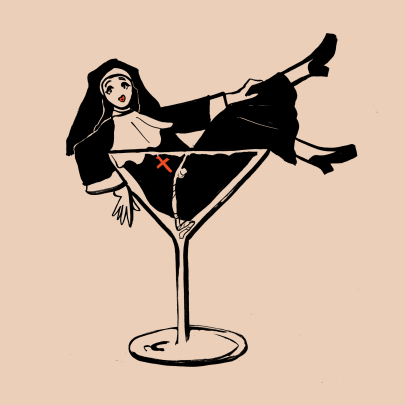May 4, 2015 Theatre
When the Auckland Theatre Company approached me about updating Hendrik Ibsen’s classic A Doll’s House to contemporary Aotearoa, I leapt at the offer before they could change their minds (and ask, say, a seasoned playwright). I was raised on Ibsen and Chekhov’s human tragicomedy, and not only in the form of my family life. The story of Nora Helmer, the loving young wife, mother and “doll” of the title, and her three-day nightmare as she tries to keep a secret at the heart of her marriage from spiralling out of control, seemed to blossom with layers of contemporary relevance.
My second response (too late!) was terror. The choices were nearly overwhelming: the original’s so beautifully done it could be transposed to a thousand possible scenarios in hundreds of domestic spheres, and that’s before you’ve even got out of Herne Bay. Finding the world of this Doll’s House was key. I couldn’t write Ibsen as might be imagined by filmmaker Michael Haneke (minimal dialogue; Nora shoots the kids), or Roman Polanski (she and her husband are swingers), nor by way of Jane Campion (a hole in Nora’s stockings unravels, engulfs the world), thrilling as those would be. I had to find mine. Since then I’ve only imagined Ibsen spinning in his grave, oh, about 60 times.
Distance has changed how we see this play in both obvious and unexpected ways. It wouldn’t, for instance, be any kind of big deal for Nora to find work outside the home… until you factor in the cost of childcare. In the original, Nora’s husband is a model of moral rectitude, a man whose reputation shines in his home and his community. He’s also a banker. The profession that stood for unimpeachable ethics in 1879 doesn’t have quite the same burnish in 2015; the husband in my version would need a new job.
Likewise, setting the update among the world of society ladies, some of whom do appear convincingly doll-like, seemed almost a foregone conclusion, so I wanted to avoid it. To make her crisis count for me, I had to place my Nora in a milieu where values I believe in are carefully considered and central to life. Then set them on fire.
Being in Ibsen’s world, with all its questions, has been good for me. It’s made me think more deeply about family life, being a woman, the values and assumptions I’ve unconsciously absorbed, self-censorship, responsibility, sacrifice, freedom. Elisabeth Badinter’s The Conflict is a touchstone: when the child analyst Bruno Bettelheim was asked to provide a preface for her book Mother Love, he replied that of course there’s no maternal instinct, but he could never say so publicly because maternal guilt is the only restraint protecting many children from destruction.
Another touchstone is the troll, the Scandinavian mythical creature that lives beneath the skin of Ibsen’s drawing- room etiquette and genteel mores. This, I think, is what makes Ibsen so enduringly fascinating. He recognises the animal within us, and his plays are constructed around our desperate attempts to conceal that animal, and what happens when it’s unleashed. We’re closer to 19th-century Norway than we think.
A Doll’s House, by Emily Perkins, adapted from Henrik Ibsen’s original. Maidment Theatre, May 2-23. atc.co.nz





